H&M unveils 10 breakthrough innovations in sustainable fashion
The environmental footprint of the apparel industry—which now churns out more than twice as much clothing as it did in 2000—keeps growing. The industry uses around a fifth of the world’s plastic. It’s a major source of CO2 emissions and water pollution. And sadly, most clothes ends up in landfills. But many companies are working on alternatives.
For the past eight years, the H&M Foundation has looked for early-stage sustainable startups in the apparel industry that it can support with grants and mentorship “and provide the leap of faith that is needed to get them ready for industry adoption,” says Christiane Dolva, strategy lead at the H&M Foundation. Some of the startups to win the competition, called the Global Change Award, have grown quickly, like TextileGenesis, a tool that traces sustainable fibers as they travel from farms to factories, retailers, and consumers, and now tracks around 500 million products. This year’s winners include materials made from food waste and seaweed, as well as new innovations in recycling, including a way to reuse dye from old clothing.
Algreen
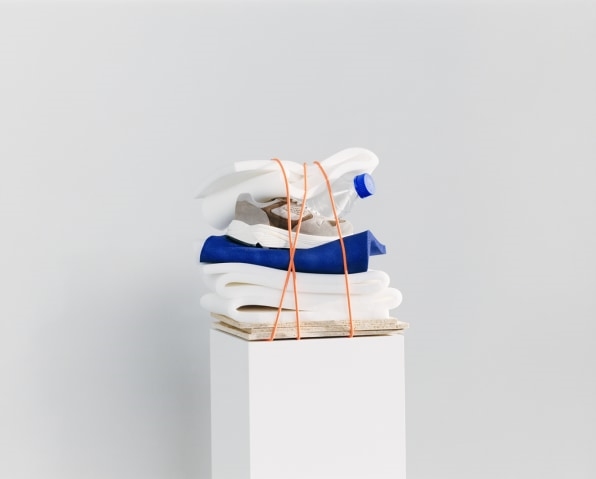
This London-based startup turns food waste into a bio-based version of polyurethane, the chemical used to make foam in shoes and coatings on fabric. By replacing just 1% of polyurethane made from fossil fuels, Algreen estimates that it can eliminate nearly 200 billion pounds of CO2 emissions each year. The company aims to build its first production line by the end of 2023.
Alt Tex

Each year, hundreds of millions of barrels of oil are used to make polyester fabric. Alt Tex uses food waste to make the material instead. The company ferments waste into polymers, turns the polymers into yarn, and then spins the yarn into a strong material that can be industrially composted at the end of its life. The startup plans to scale up and launch by 2024.
DyeRecycle
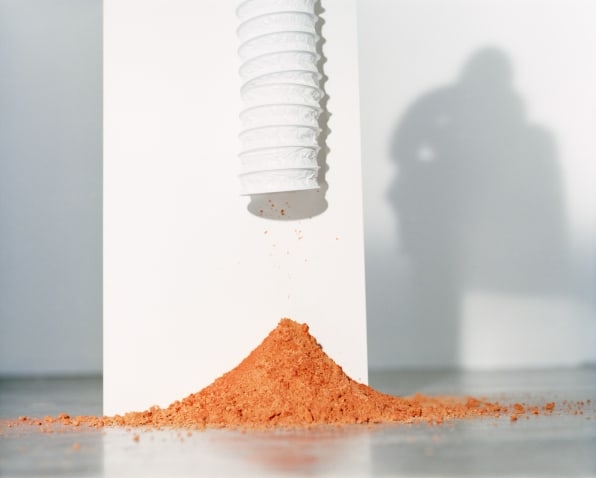
When old clothes are recycled, it’s usually an attempt to reuse the fabric. But DyeRecycle is focused on color. The startup uses sustainable chemical processes to extract dye from old clothing and revive the color so it can be reused. Compared to what goes into making typical dye, the company’s process cuts emissions by 85% and uses 60% less water. It plans to launch its first pilots this year.
KBCols
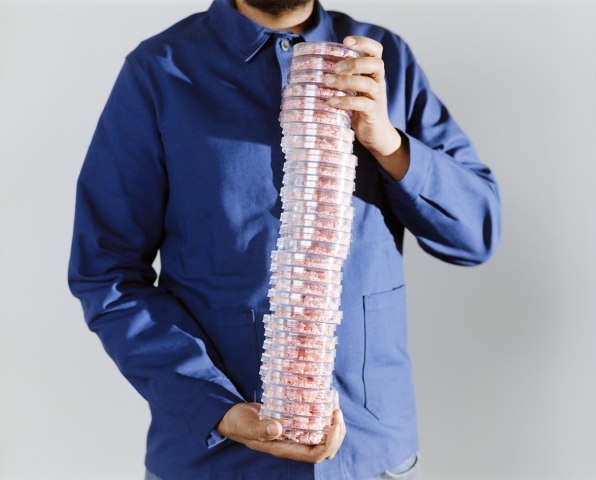
This startup is developing biodegradable, nontoxic dyes derived from living microorganisms. KBCols’s process can cut water use by 60% and also reduce the time it takes to dye garments. (Werewool, a previous winner, is also using biology to reinvent dye.)
Nanoloom
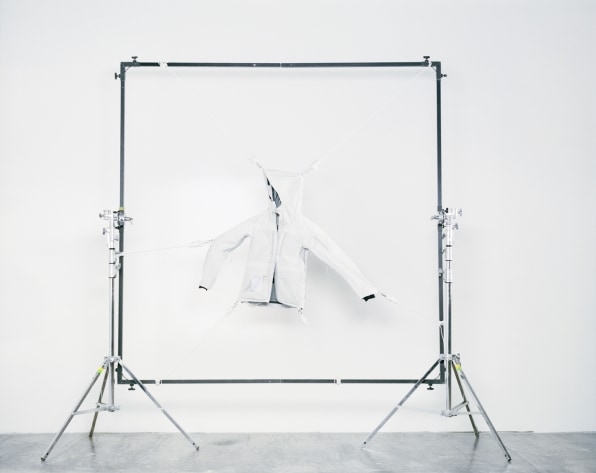
Nanoloom spins graphene—a material made from a single layer of carbon atoms—into biodegradable, nontoxic fabric. It’s one of a handful of companies making fabric from the material, which is extremely lightweight, flexible, waterproof, and 200 times stronger than steel. The startup aims to launch its first product within a year.
PhycoLabs
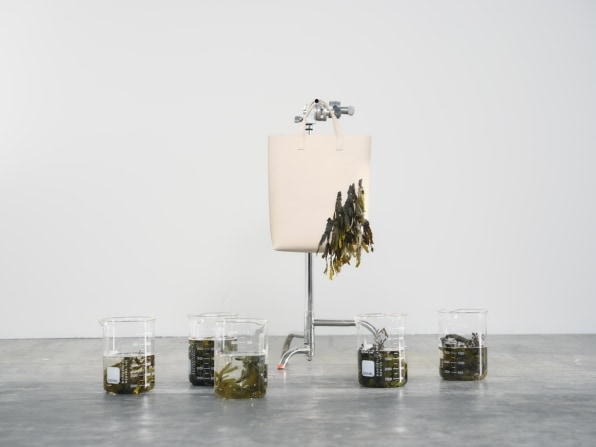
Based in Brazil, PhycoLabs makes fabric from seaweed and plans to work with traditional seaweed farmers. Because seaweed needs only sunlight and CO2 to grow, it can avoid the environmental footprint of growing crops like cotton on land, which require pesticides and large amounts of fresh water.
Refiberd

One of the challenges in any type of recycling is sorting out different materials. Refiberd uses AI and robotics to automatically detect different fabrics in clothing waste, and then removes buttons, zippers, and other trims so that the clothing can be sent to the right recycler. The company plans to complete paid pilot projects over the next year.
Rethread Africa
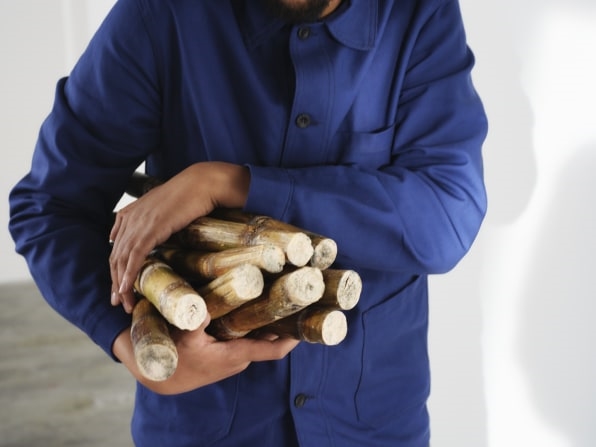
Based in Kenya, Rethread Africa uses agricultural waste from sugarcane and corn production to make bio-based polyester. The material uses fewer resources, is designed for biodegradability, and helps give farmers extra income. The startup hopes to soon begin working with brands to test the material.
SXD
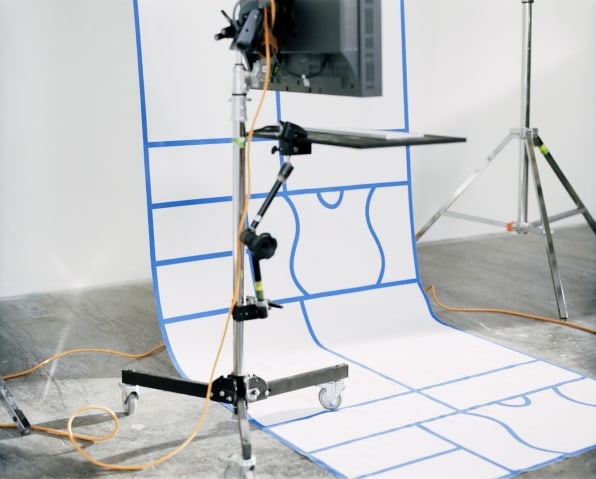
Cutting and sewing fabric for a typical piece of clothing means wasting a lot of material. SXD’s AI is designed to eliminate fabric waste. When an apparel brand uses the tool and inputs a design concept and the fabric type, the software generates a zero-waste pattern. The company hopes to produce 100,000 efficient patterns this year.
Tereform
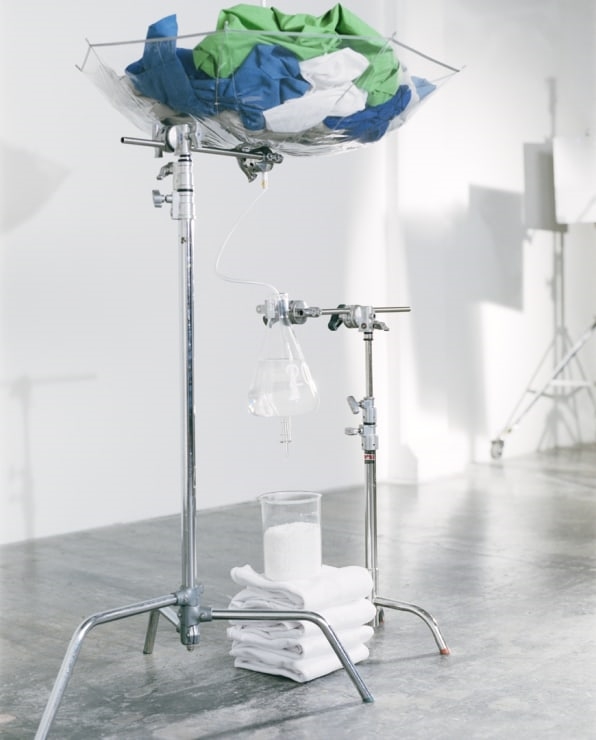
Tereform developed a new method for recycling polyester fabric through oxidation—metal catalysts and oxygen in the air work together to break down the molecules so that they can be reused. The result is a material that the startup says is stronger than what’s possible with traditional recycling or other forms of chemical recycling. The process can cut carbon emissions by two-thirds.
(8)



